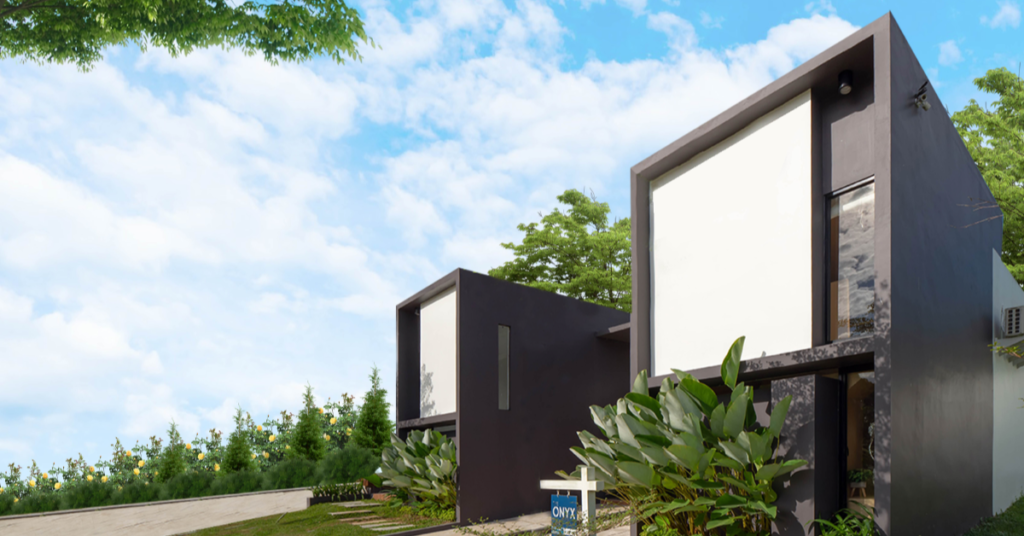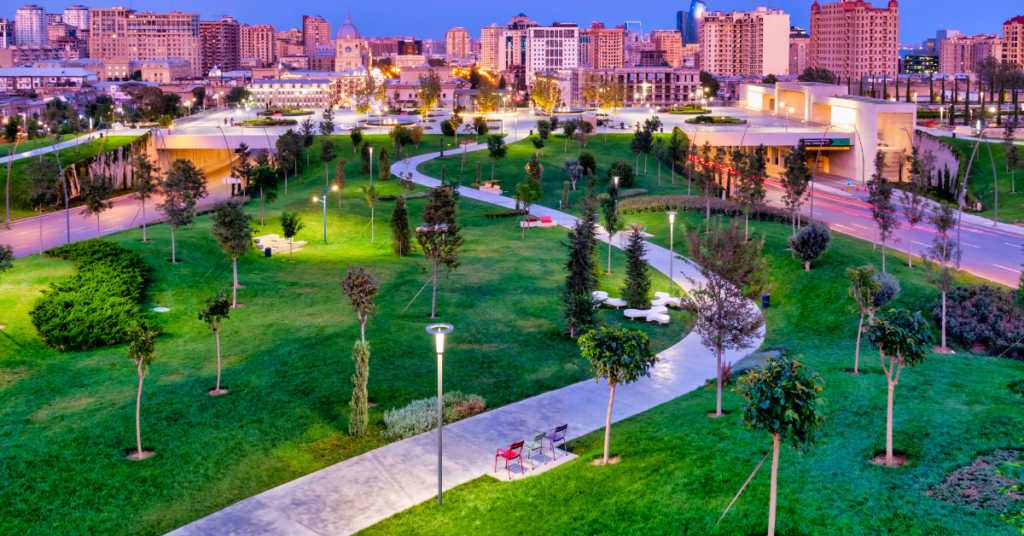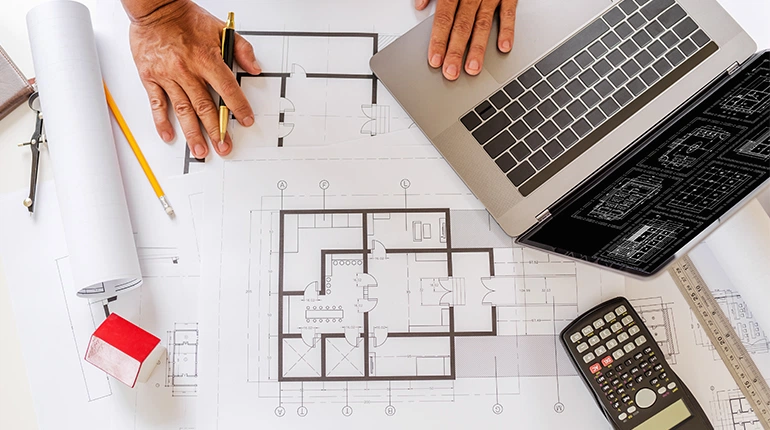Architectural Services in the USA: Trends, Challenges, and Innovations
The architecture industry in the United States is a dynamic and ever-evolving field that plays a critical role in shaping the built environment. From skyscrapers and commercial developments to sustainable housing and historic restorations, architectural services in the USA cater to a wide range of needs. As technology advances and sustainability becomes a priority, architects are continuously adapting to new challenges and opportunities.
This article explores the scope of architectural services in the USA, emerging trends, challenges, and future directions that will define the industry in the coming years.
Types of Architectural Services in the USA
Architectural firms in the United States offer a comprehensive set of services to meet the diverse needs of clients. These services span across residential, commercial, institutional, and public infrastructure projects, ensuring that the built environment is functional, aesthetically pleasing, and sustainable.
1. Residential Architecture

Residential architectural services focus on designing homes that balance aesthetics, functionality, and sustainability. This includes:
- Custom Home Design: Creating bespoke residences tailored to individual client preferences.
- Multi-Family Housing Developments: Designing apartment complexes and condominiums that optimize space efficiency and community living.
- Renovation and Remodeling: Enhancing existing homes to improve functionality, energy efficiency, and modern appeal.
- Smart Home Integration: Implementing technology-driven solutions such as automated lighting, security systems, and energy management.
2. Commercial & Corporate Architecture
Commercial architectural services cater to businesses and corporate clients, designing spaces that enhance productivity, branding, and customer experience. Key areas include:
- Office Buildings and Corporate Headquarters: Modern workspaces designed with open-concept layouts, flexible working areas, and advanced technology.
- Retail and Shopping Centers: Creating immersive retail environments that attract consumers and drive sales.
- Hospitality and Entertainment Spaces: Designing hotels, resorts, theaters, and event venues that prioritize guest experience and operational efficiency.
3. Urban Planning & Landscape Architecture

Urban and landscape architects shape public spaces and city infrastructure, ensuring livability and sustainability. This includes:
- City Planning and Zoning Consultancy: Assisting municipalities in optimizing land use and transportation networks.
- Parks, Public Spaces, and Recreational Design: Creating green spaces that enhance community well-being.
- Sustainable Landscape Integration: Incorporating native plants, green roofs, and rainwater management systems into urban design.
4. Green & Sustainable Architecture
With a focus on eco-friendly construction, sustainable architects design energy-efficient buildings and urban spaces. Their work involves:
- LEED-Certified Building Design: Meeting the criteria for Leadership in Energy and Environmental Design (LEED) certification.
- Passive House Design: Developing buildings that require minimal heating and cooling through smart insulation and ventilation.
- Net-Zero Energy Buildings: Structures that generate as much energy as they consume.
- Adaptive Reuse and Historic Preservation: Transforming old buildings into modern, functional spaces while preserving historical integrity.
5. Institutional & Public Projects
Architects specializing in public and institutional projects design spaces that serve the community, such as:
- Schools and Universities: Designing educational facilities that foster learning and engagement.
- Hospitals and Healthcare Facilities: Creating patient-centered medical environments with efficient workflows.
- Government Buildings and Civic Centers: Ensuring accessibility, security, and energy efficiency in public institutions.
6. Permit & Compliance Services

Navigating the complex regulatory landscape of architecture requires specialized expertise in:
- Zoning and Land-Use Analysis: Ensuring projects comply with local zoning laws.
- Code Compliance and Accessibility Reviews: Adhering to ADA (Americans with Disabilities Act) and other regulations.
- Construction Documentation: Preparing detailed blueprints and permit applications for regulatory approval.
Current Trends in the USA’s Architectural Industry
The architectural landscape in the USA is constantly evolving, driven by technological advancements, environmental concerns, and changing client demands. Some of the key trends include:
1. Sustainable and Net-Zero Architecture
- Growing emphasis on green building materials such as recycled wood, bamboo, and carbon-neutral concrete.
- Implementation of solar panels, geothermal heating, and wind energy solutions.
- Smart building automation to optimize energy consumption.
2. Smart Buildings & AI Integration
- AI-powered design tools to optimize space planning and efficiency.
- Internet of Things (IoT) integration for real-time monitoring of building performance.
- Automated climate control and security systems for better sustainability.
3. Prefabrication and Modular Construction
- Increased use of off-site prefabrication to reduce waste and construction time.
- Modular housing developments to address the affordable housing crisis.
4. Adaptive Reuse & Historic Preservation
- More cities encouraging the transformation of old factories, churches, and warehouses into modern living and working spaces.
- Restoration techniques that maintain historic integrity while improving energy efficiency.
5. Resilient and Disaster-Resistant Design

- Structures designed to withstand hurricanes, earthquakes, and wildfires.
- Elevated and flood-proof buildings in coastal cities.
- Fire-resistant materials and automatic fire suppression systems.
Challenges Facing Architects in the USA
Despite growth and innovation, the industry faces several challenges:
- Labor Shortages: A lack of skilled construction workers slows down project completion.
- Regulatory Complexity: Strict zoning laws and building codes vary by state and municipality, making compliance challenging.
- Rising Construction Costs: Inflation, supply chain issues, and material shortages increase the cost of building.
- Sustainability Regulations: As states introduce stricter environmental policies, architects must constantly innovate to meet new standards.
The Future of Architectural Services in the USA

As the architectural industry moves forward, we can expect to see:
- Greater reliance on AI and automation in design processes.
- Increased investment in sustainable materials and construction methods.
- Expansion of mixed-use developments that combine residential, commercial, and public spaces.
- Advancements in digital twin technology and virtual reality for remote collaboration.
Conclusion
The architectural landscape in the USA is undergoing a transformation driven by sustainability, technology, and evolving client needs. Architects who embrace innovation, prioritize eco-friendly solutions, and adapt to regulatory changes will play a crucial role in shaping the future of America’s built environment. Whether designing high-rise office towers or restoring historic landmarks, architectural services in the USA will continue to blend functionality, aesthetics, and sustainability to meet the challenges of the 21st century.
